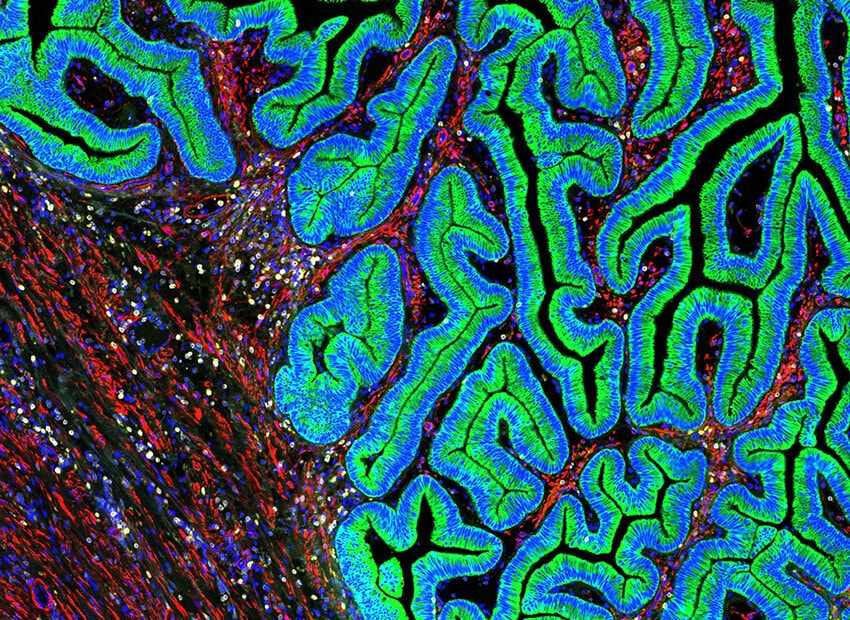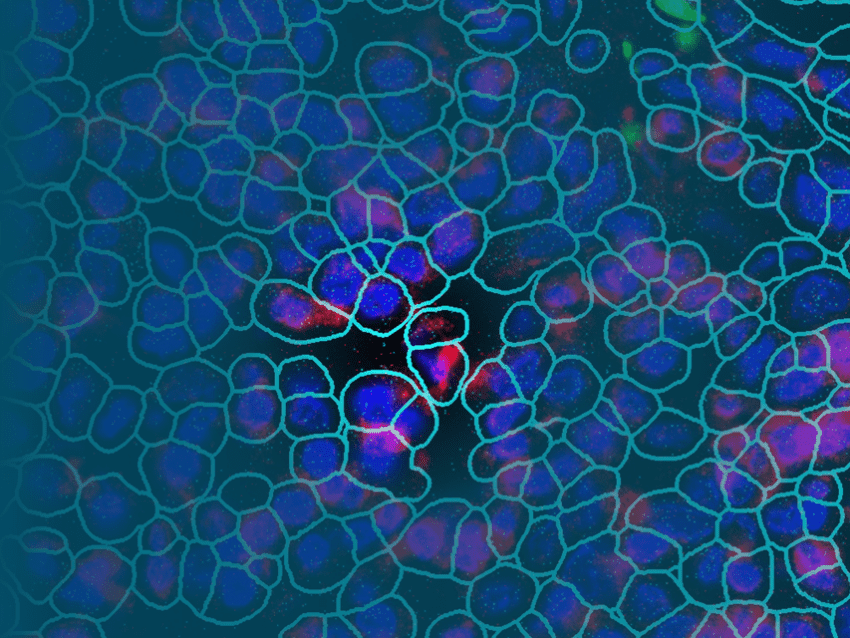
Research Grant Preparation: Tips and Resources
Grant writing is a critical, albeit time-consuming, part of every scientist’s job. It is always Grant Writing Time! How often did you end up rushing at the last moment to review and perfect that grant application just a few hours before the deadline?
As painful as this can be, securing research grants is essential to keep your research moving forward. When you prepare a grant application, there are several important points that should be included besides the scientific logics and study plans. For example, it is critical to emphasize the contribution of your study to the research field, in addition to clearly describe the well-targeted specific aims and the data-oriented research strategy with alternative approaches. Another key point is “Technology and Innovation”.
If you are looking for innovative technology to incorporate in your research, transcriptome analysis with the spatial context using GeoMx® Digital Spatial Profiler (DSP) and nCounter® technology would be an excellent choice.
To prepare a grant application, NanoString can help you in various ways, such as providing resources on our Grant Support webpage where you can find the Grant Support Packages, the current list of available grants, funding sources, publication references, helpful links, and grant writing books. Also, check out the Top 5 Tips to Prepare a Grant Application below.
Top 5 Tips to Prepare a Grant Application
Tip 1: Find funding opportunities that fit the specific aims of your study.
-> Check the “Search Current Funding Opportunities” on the Grant Support webpage.
Downloadable grant opportunity lists are available for research in Oncology and Neuroscience. For other research areas, search the information from funding institutions listed in the “Funding Sources” and “Helpful Links” on the Grant Support webpage.
Tip 2: Understand the requirements for the grant application.
-> Check the description and eligibility for each grant included in the grant opportunity lists. For further details, search the information from funding institutions listed in the “Funding Sources” and “Helpful Links” on the Grant Support webpage.
If you are unsure about the application requirements or the fit of your research plans to the specific grant program, don’t hesitate to discuss with a program officer (NIH) or an administrator of the funding institution.
Tip 3: Apply for an instrumentation grant if you are interested in acquiring the GeoMx® DSP and nCounter® systems.
Instrumentation grants (e.g. Shared Instrumentation Program, High-End Instrumentation Grant) are designed to fund a purchase or upgrade of expensive, specialized, commercially available instruments or integrated systems. To apply for an instrumentation grant, you first need to find collaborators in your research center/institution to share the instruments or design an extensive collaborative research study.
-> The following information is available on the Grant Support webpage.
- Downloadable GeoMx DSP Grant Support Package, nCounter System Grant Support Information: these packages include the descriptions and figures of the systems, sample types and supporting data, nSolver analysis; all ready to be included in your application.
- nCounter and GeoMx DSP publications for references
Other helpful information on our website:
- GeoMx DSP
- nCounter systems
- For further information, contact us by clicking the “Need Help?” tab on the Grant Support webpage.
Tip 4: Emphasize the critical unmet needs in the field, as well as high impact and innovation of your study.
In a research grant application, it is important to emphasize the critical unmet needs in the field, as well as high impact and innovation of your study. To show the innovativeness of your research, you can include NanoString Technologies products in the application.
-> Check the Grant Support Packages and webpages describing the GeoMx DSP and nCounter systems, Gene Expression Panels, Data Analysis Service, and other consumables.
- Downloadable GeoMx DSP Grant Support Package, nCounter System Grant Support Information
These packages include the descriptions and figures of the systems, sample types and supporting data, nSolver analysis; all ready to be included in your application.
- Gene Expression Panels
- GeoMx Assays
- Data Analysis Service
- For further information, contact us by clicking the “Need Help?” tab on the Grant Support webpage.
Tip 5: Request a quote for NanoString systems, products, and services in order to budget your study and to include in your grant application.
- Request a quote at: GeoMx@nanostring.com
EXTRA TIP: Need pilot data on GeoMx Digital Spatial Profiler to add to your application?
NanoString offers the DSP Technology Access Program(TAP) which is designed to rapidly evaluate spatial RNA and protein applications using the GeoMx® Digital Spatial Profiler. For more information: click here
When you have questions or need further information, contact us by clicking the “Need Help?” tab on the Grant Support webpage. We are here for you!



